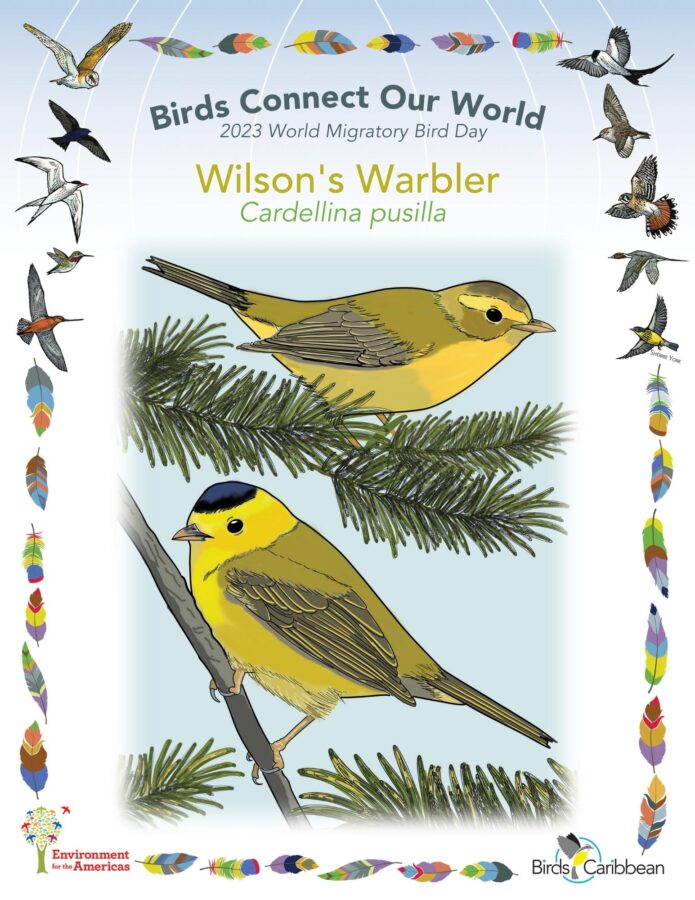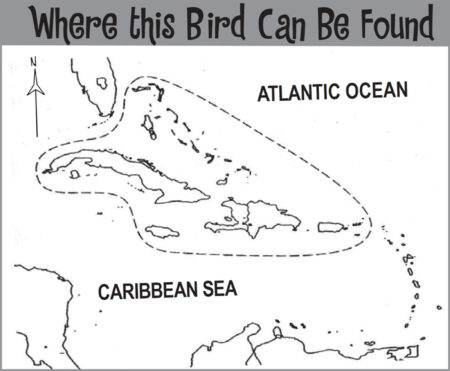Celebrate World Migratory Bird Day (WMBD) with us in 2023! This year’s theme is “Water: Sustaining Bird Life”. Have fun learning about a new migratory bird every day. We have coloring pages, puzzles, activities, and more. Download for free and enjoy nature with your family at home.
Migratory Bird of the Day: Wilson’s Warbler
This spritely migratory bird with the bad toupée is the Wilson’s Warbler. It is one of the smallest warblers at around 10-12cm long and weighing 5-10g.
Its plumage is mainly yellowish-olive, with a golden yellow throat and belly. It has beady black eyes and a small, thin beak. Adult males have a glossy black cap on their heads; the cap on females and juvenile males is highly variable but usually duller and more olive colored. These little birds are insectivorous, feeding on various arthropods on tree leaves and branches. They often hover in front of leaves as they try to capture a tasty insect morsel!
Wilson’s Warblers breed in the western United States, across Canada, and also in Alaska. It is a ground-nesting species that loves scrubby habitats and thickets near streams. Their clutch size ranges from 2-7 eggs and they are capable of breeding twice in a season. Only females incubate the eggs and brood nestlings (chicks), but males help feed nestlings and fledglings (chicks that have grown feathers and are learning to fly).
By August they leave their breeding grounds and begin their fall migration to Central America and islands in the northern Caribbean—The Bahamas, Jamaica, Cuba, Puerto Rico and Dominican Republic. During migration they use many types of habitats, from lowland thickets near streams to high-elevation cloud forests. On their wintering grounds they supplement their diet of squirmy, slimy, crunchy insects with “honeydew”—a sugary liquid secreted by some insects as they feed on plant sap.
The Wilson’s Warbler is not threatened but is listed as a “Common bird in steep decline” by the Partners in Flight organization. This is because of habitat loss on both their breeding and wintering grounds, predation from invasive species like domesticated cats, and nest parasitism. Helping Wilson’s Warblers, and other birds, can be as simple as keeping pet cats indoors and using a leash and harness when outdoors; and supporting the efforts of bird advocacy groups and NGOs that are working to restore and protect habitats across the Wilson’s Warbler’s range. Learn more about this species, including its range, photos, and calls here.
The Wilson’s Warbler
‘I’m a tiny warbler,
With beady black eyes,
A black cap on my head,
And energetic for my size,
I breed in mountain meadows,
And thickets near streams,
I winter in Central America,
A vagrant in the West Indies,
Because of habitat loss,
My species is in decline,
Please protect my forest home,
Before I run out of time”
Thanks to Scott Johnson for the text and poem, and Christine Elder for the lovely illustration!
Color in the Wilson’s Warbler
Download the Migratory Birds of the Day Coloring Page! Use the picture above and the photos on this page as your guide, or look up pictures of the bird online or in a bird field guide if you have one. Share your colored-in page with us by posting it online and tagging us @BirdsCaribbean #WMBD2023Carib
Listen to the calls of the Wilson’s Warbler
The call of the Wilson’s Warbler is a husky chip. You may also hear the male as they start to sing on their wintering grounds. The song is a rapid string of similar notes, dropping in pitch toward the end.
Puzzles of the Day
Click on the images below to do the puzzle. You can make the puzzle as easy or as hard as you like—for example, 6, 8, or 12 pieces for young children, all the way up to 1,024 pieces for those that are up for a challenge!
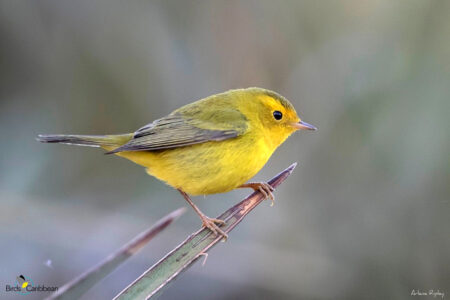
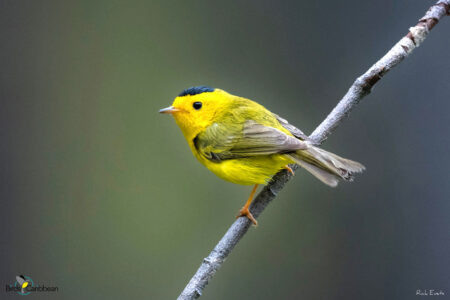
Activity of the Day
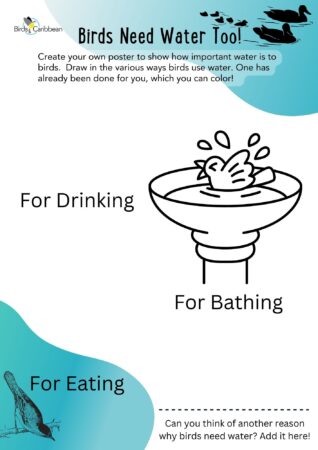 FOR KIDS: This year the theme for World Migratory Bird Day is “Water: Sustaining Bird Life.” We want to highlight the importance of water conservation to both humans and birds.
FOR KIDS: This year the theme for World Migratory Bird Day is “Water: Sustaining Bird Life.” We want to highlight the importance of water conservation to both humans and birds.
We often see birds flying, preening, bathing and feeding. You might not have ever seen a bird taking a drink of water but they do!
Birds need water just as much as we do. Drinking water helps them regulate bodily processes like digestion. Water also keeps birds clean and cool on hot days when they take a splish-splash in a puddle, gutter, or backyard bird bath. Many birds also rely on wetland habitats, such as our ponds, salinas, marshes, mangroves, rivers, and coastal waters.
In our activity you can create your own poster to show how important water is to birds. Draw in the various ways birds use water!
FOR KIDS AND ADULTS: Enjoy these videos of Wilson’s Warblers in the wild! In the first, you can see a lovely, brightly colored male. In the second, a Wilson’s Warbler takes a bath—one of the many things birds need water for as they migrate!
Read all about a bird banding adventure in Oregon! Caribbean biologist Zoya travelled all the way from Grenada to the US to learn more about studying birds using bird banding. Wilson’s Warbler was one of many bird species that Zoya was able to get up close to on her way to passing her NABC (North American Banding Council) exam and becoming a certified Bander. Find out all about her experiences in the blog below.

